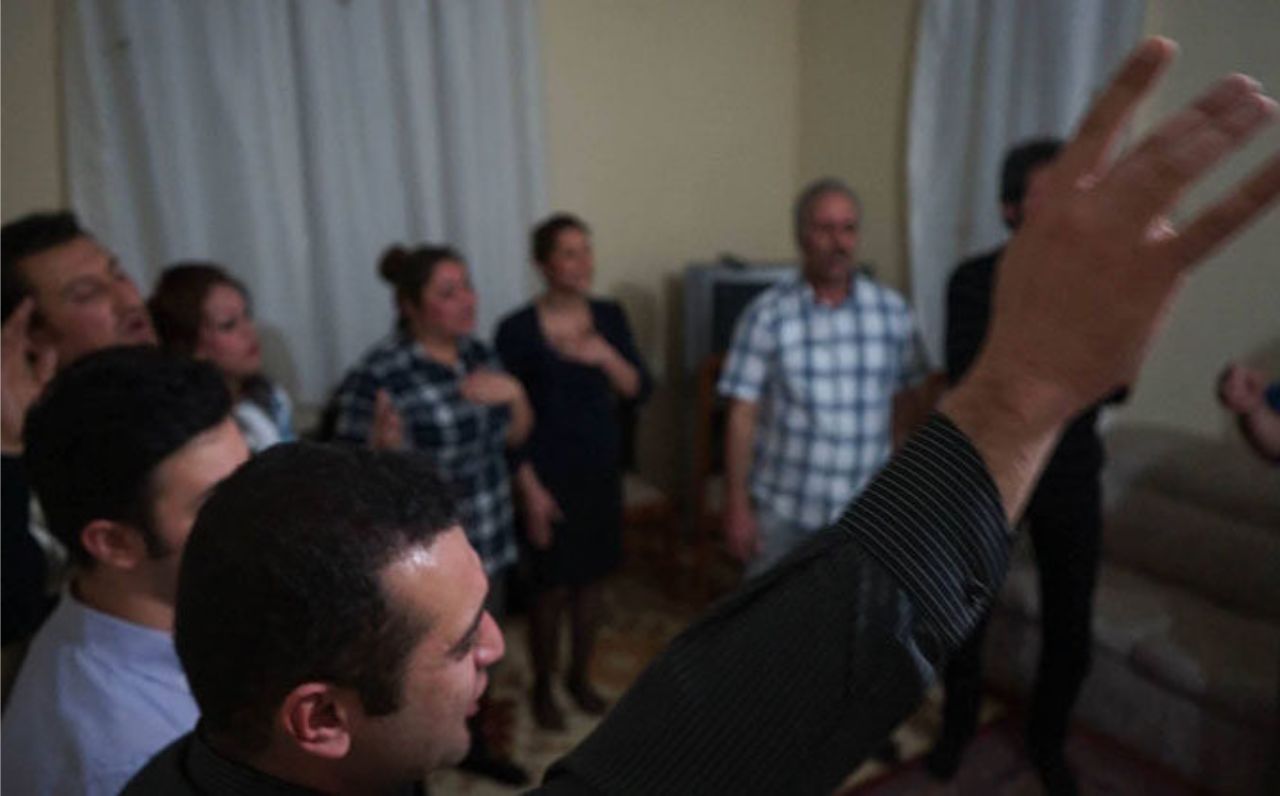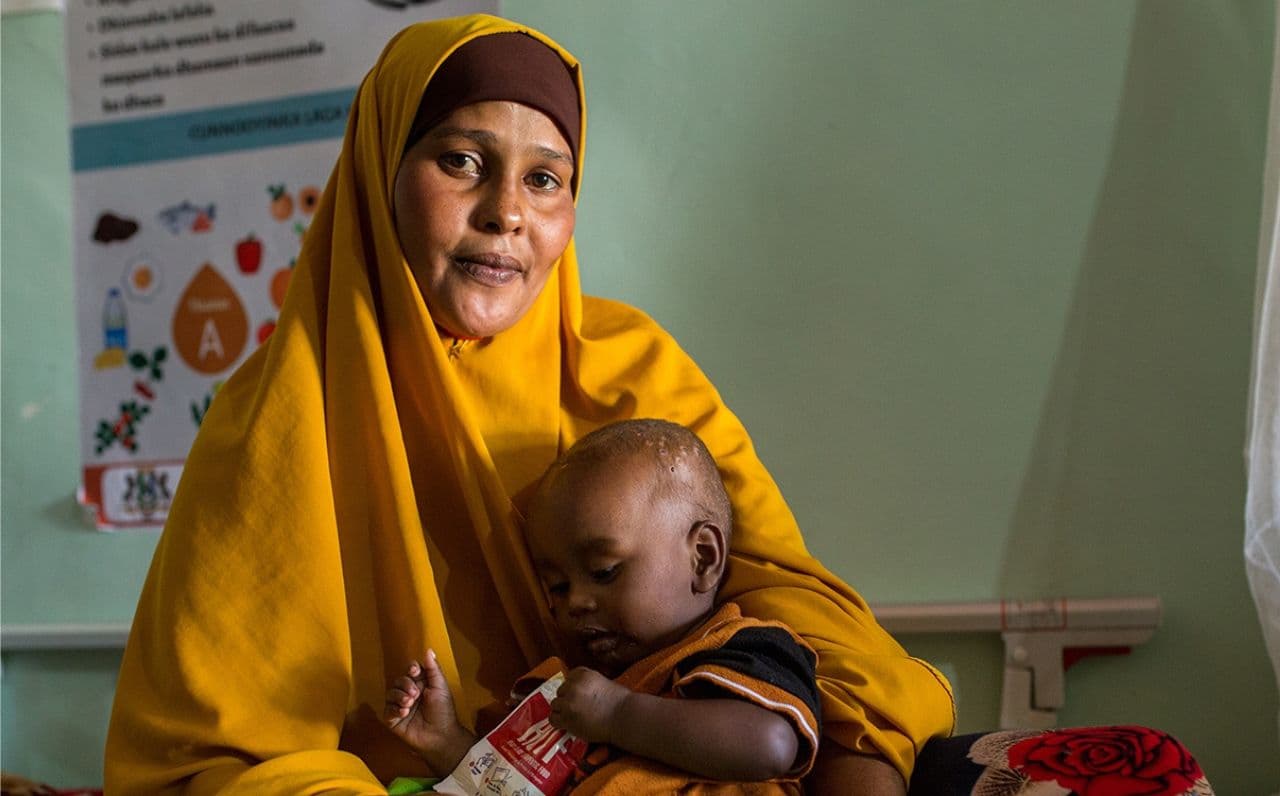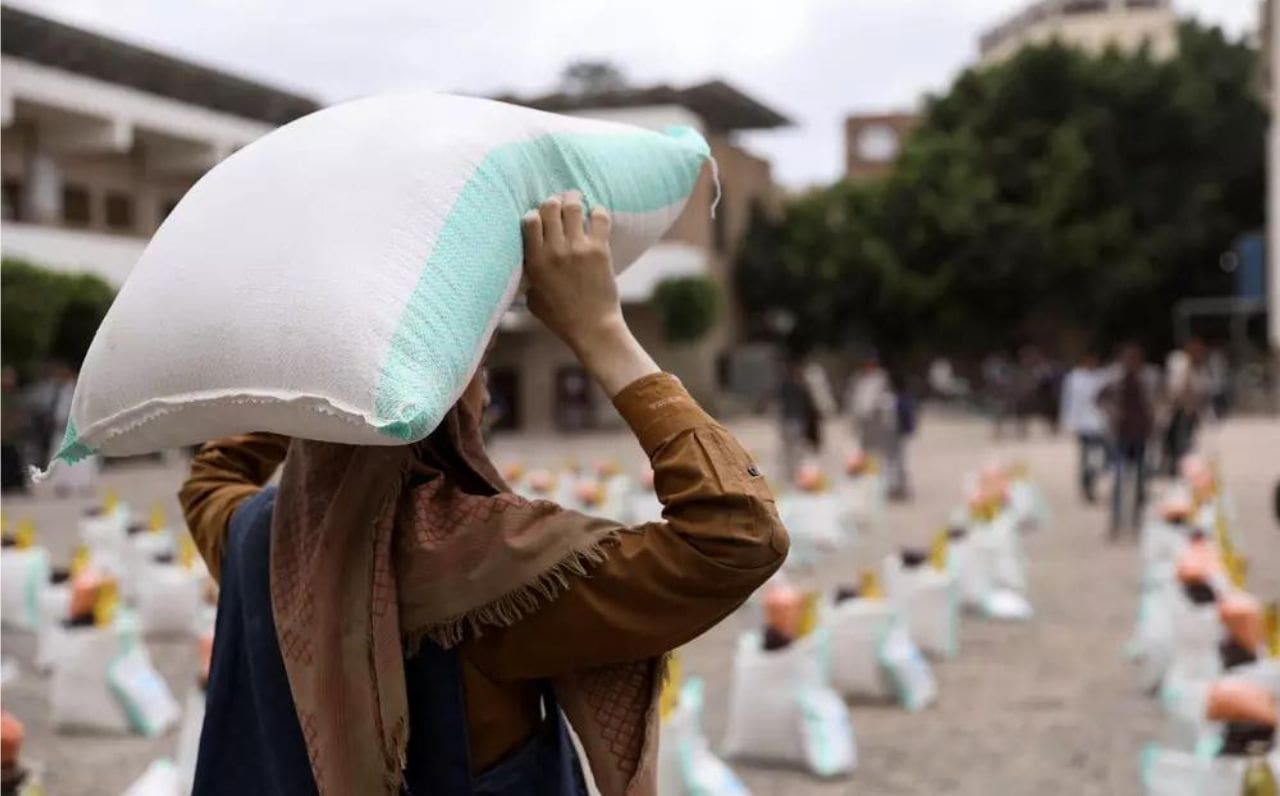War of Syria

Destruction, Obstruction, and Inaction: The Health Crisis in Northern Syria
Ahead of the United Nations Security Council’s January 2022 meeting to consider a planned six-months renewal of the July 2021 vote to reauthorize the last remaining border crossing in northern Syria for international humanitarian aid, a new report from the PHR provides stark evidence of a massively deteriorated health system caused by a decade of attacks, neglect, and lack of coordination. The report underscores the need for the Security Council not only to immediately reauthorize the Bab al-Hawa border crossing to safeguard the health right for millions of Syrians, but also to consider reopening other borders were closed in 2020.
Over the 10 years since the Syrian conflict began, the number of Syrians requiring humanitarian aid has now reached 13.4 million people. The crisis in northern Syria has been compounded by hundreds of airstrikes and other attacks on health facilities primarily conducted by the Syrian government and its ally Russia include massive population displacement, severe economic decline across the country, and devastating impacts of COVID-19 outbreaks. The closure of the al-Yarubiya and Bab al-Salam borders crossing in January and July 2020, respectively, resulted from Russia and China’s veto of draft resolutions to renew cross-border operations. The Bab al-Hawa border crossing along the Syria-Turkey frontier is now the only entry point for UN humanitarian aid to reach populations directly in northern Syria.
The PHR report, “Destruction, Obstruction, and Inaction: The Makings of a Health Crisis in Northern Syria,” provides a harrowing snapshot of health disparities and inequities in three regions of northern Syria driven by a decade of attacks on health, fractured governance, discrimination, and the COVID-19 pandemic. Through its analysis of factors impacting health systems in northwest, northeast, and Turkish-controlled areas of Syria, the report exposes violations against Syrian civilian's health right , including a lack of availability, accessibility, acceptability, and quality of healthcare. Findings also reveal that women and girls and people with disabilities are among the most adversely affected by health disparities.
“Operating outside of the Syrian government’s control, the brave remaining health providers in northern Syrian health-care systems depend on a reliable supply of humanitarian aid to maintain medical services, provide life saving vaccines and necessary medicines, and maintain human resources,” said Houssam al-Nahhas, MD, MPH, report co-author, Syrian physician, and survivor of detention in Syria, who has served as the PHR’s Middle East and North Africa researcher (November 2020 – August 2021). “The proposed extension of the border crossing for a further six months in January is critical but the reauthorization of the Bab al-Hawa crossing in July 2022 is even more vital. Without it, the Syrian government will continue to impede aid delivery. Our report makes it clear that the lone aid crossing, while essential, is inadequate to meet the scale of the humanitarian catastrophe in northern Syria. The Security Council must overcome Russia and China’s veto threats and act to protect the millions of people at risk as the pandemic bears down on northern Syria.”
From August to October 2021, the PHR researchers conducted 20 semi-structured interviews with stakeholders who have experience working in health systems in the northwest, northeast, and Turkish-controlled areas of Syria. Respondents across regions included health workers, health facility and hospital administrators; health system researchers, NGO staff and donors, UN representatives, and doctors. All respondents had firsthand experience responding to COVID-19 in Syria or deep knowledge of the current health-care situation in each geographical area.
PHR researchers found that although each region analyzed in the report (northwest, northeast, and Turkish-controlled areas of Syria) is fundamentally different, each faces public health emergencies caused by insufficient and unevenly distributed health facilities, critical shortages of qualified, specialized healthcare workers, and lack of reliable and affordable access to medical equipment and supplies. Health facilities in all three regions are also located in predominantly urban areas, resulting in little to no access to health care for rural populations.
The report details the lack of reproductive health care across northern Syria. Interviews indicate that health choices are increasingly driven by scarcity and conflict rather than health guidance. Pregnant women are choosing to have deliveries by scheduled cesarean section to minimize time spent in hospitals, which are known to be common targets of attacks. By one estimate, the percentage of cesarean sections has more than doubled since the start of the conflict in 2011.
The report’s findings also underscore various challenges facing northern Syrian health systems in their response to the COVID-19 pandemic and the structural discrimination compounded by these concerns. Health systems are frequently subject to limited supplies for treatment and prevention, inconsistent funding for sustained pandemic management, and the diversion of resources away from COVID-19-specific services. Societal factors such as widespread misinformation, financial barriers, and apathy toward the threat of the virus have contributed to a lack of public adherence to COVID-19 guidelines. Findings show these factors disproportionately impact women, girls, and people with disabilities, who continue to face critical barriers to accessing health-care, including COVID-19 care.
While some efforts have been made to combat the spread of the virus, northern Syria in particular is now experiencing another major wave. In September 2021, the number of COVID-19 cases in northwest Syria increased 170 percent, intensive care units were filled, and designated COVID-19 health facilities reached 100 percent capacity.
Testimony from respondents also reiterates the devastating and disruptive toll periodic attacks on health facilities and personnel – mostly carried out by Syrian government and Russian forces – continue to take on health systems, delaying care and overwhelming facilities. From March 2011 through September 2021, the PHR has confirmed more than 601 attacks on at least 350 separate facilities, as well as at least 930 medical personnel killed during the conflict.
“After 11 years of a conflict that is complicated by biblical displacements of populations, attacks on health-care by the government and its allies, competing geopolitical forces that have discordant agendas, and failure of the international system to address the root causes of the crisis, one of the main victims is the health and well-being of the local Syrian population,” said Dr. Zaher Sahloul, president of MedGlobal. “Health disparities are being heightened as humanitarian aid dwindles and cross border relief is threatened by another Russian veto in the midst of the relentless COVID-19 pandemic and alarming vaccine hesitancy. If we care about the millions of civilians who have suffered enough in the last decade, we should listen to them and treat them with dignity.”
The PHR calls on the Security Council to reauthorize the Bab al-Hawa border crossing, as well as to reopen the Bab al-Salam and al-Yarubiya borders crossing in northern and northeast Syria, respectively, at its January 2022 meeting. Areas outside government control can technically receive humanitarian aid through Damascus. However, the PHR’s 2020 report – which focused on the obstruction and denial of humanitarian access in opposition-held areas retaken by the Syrian government in Daraa – demonstrated the abject failures of that system, leaving millions without access to health treatment and services without cross-border aid.
PHR also calls on the Security Council to prioritize equitable distribution of COVID-19 vaccines across northern Syria.
The report calls on the Syrian Arab Republic to follow minimum standards for coordination of humanitarian health system rehabilitation to ensure equitable access to health-care. It also calls on the government to immediately cease all attacks on health-care facilities and personnel to uphold the protection of health care workers guaranteed under international humanitarian law.
The PHR urges donors and humanitarian actors to continue funding and supporting local health systems in Syria, including local NGOs, coordinating bodies, and health care facilities. The PHR additionally calls on donors to commit to funding health care in northern Syria, including direct funding support to local actors providing health-care and humanitarian activities in government-held areas where aid is not being adequately distributed.
Source & credit: PHR
Middle east

2021 Dec 16
Africa

2024 May 10
International, Americas

2024 Apr 16
Increasing Arrests and Faceless Victims Revealed in Latest Findings.
Middle east

2024 Feb 23
Escalating Hostilities Prompt International Concern
Africa

2024 Feb 20
SimilarNews
 Report Highlights Rights Violations Against Christians in Iran
Report Highlights Rights Violations Against Christians in Iran Increasing Arrests and Faceless Victims Revealed in Latest Findings.
Middle east

2024 Feb 23
 Coalition Strengthens Aid Efforts for Displaced Christians in Iraq
Coalition Strengthens Aid Efforts for Displaced Christians in Iraq Uniting to Provide Crucial Assistance Amid Ongoing Challenges.
Middle east

2024 Feb 19
 The Chains of Forced Labor and Persecution
The Chains of Forced Labor and Persecution Slavery Grips Pakistan's Christian Minority.
Middle east

2024 Jan 27
Concerns about the detrimental impact on civilians and IDPs.
Middle east

2024 Jan 26
Increasing deportation of Afghan immigrants from Iran and Pakistan.
Middle east

2023 Dec 02


